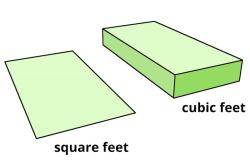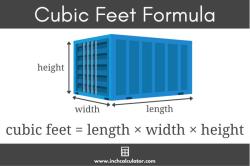What are some good math questions?
Mathematics is a vast and diverse field, and there are countless interesting and engaging math questions worth exploring. Here are some math questions across various mathematical topics that can stimulate your mind and provide an opportunity for exploration:
Number Theory:
- What is the largest known prime number, and how is it discovered?
- Are there infinitely many twin primes (pairs of primes differing by 2), as conjectured by the Twin Prime Conjecture?
Geometry:
- Can you prove the Pythagorean Theorem geometrically using different methods?
- How can you find the area of a non-standard shape, like a Koch snowflake or Sierpinski triangle?
Algebra:
- Solve the equation for real roots.
- Explore the properties and applications of complex numbers.
Calculus:
- What is the geometric interpretation of the derivative and integral?
- Find the equation of a curve tangent to a given curve at a specific point.
Statistics and Probability:
- Calculate the probability of winning different types of lottery games.
- Investigate the concept of conditional probability and its applications.
Combinatorics:
- How many different ways can you arrange the letters in a word or the digits in a number?
- Explore combinatorial problems, such as the famous "Seven Bridges of Königsberg" problem.
Linear Algebra:
- What are the applications of matrix transformations in computer graphics and physics?
- Investigate the properties of eigenvalues and eigenvectors.
Differential Equations:
- Explore ordinary differential equations modeling real-world phenomena like population growth, cooling, or oscillations.
- Solve partial differential equations in physics or engineering contexts.
Number Patterns:
- Investigate famous sequences like the Fibonacci sequence, Catalan numbers, or the harmonic series.
- Discover patterns in Pascal's Triangle.
Logic and Set Theory:
- Explore paradoxes like the Barber Paradox or the Liar Paradox.
- Study different types of infinity in set theory.
Graph Theory:
- Solve graph theory problems like the Traveling Salesman Problem.
- Investigate Eulerian and Hamiltonian paths and cycles.
Mathematical Puzzles:
- Solve recreational math puzzles, such as Sudoku, Kakuro, or logic puzzles.
- Explore problems from mathematics competitions like the IMO or Putnam Exam.
These questions cover a wide range of mathematical topics and levels of difficulty, making them suitable for mathematicians and math enthusiasts of all backgrounds. Exploring these questions can deepen your understanding of mathematics and provide hours of intellectual stimulation and enjoyment.













